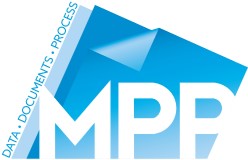Centralised Print: To centralise or not to centralise?
Centralised Print: To Centralise or Not to Centralise, that is the question Of all the cyclical debates (jam or cream first on scones, chicken or egg etc.) the...
